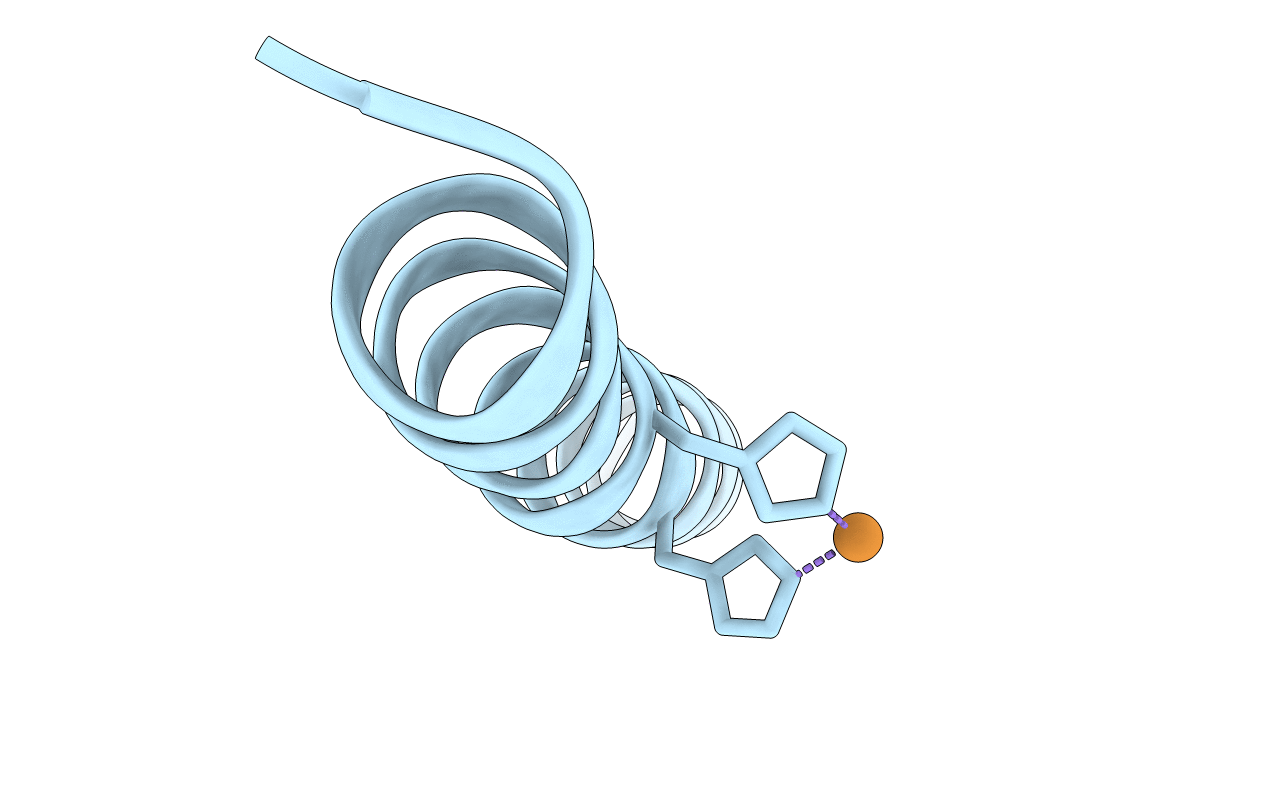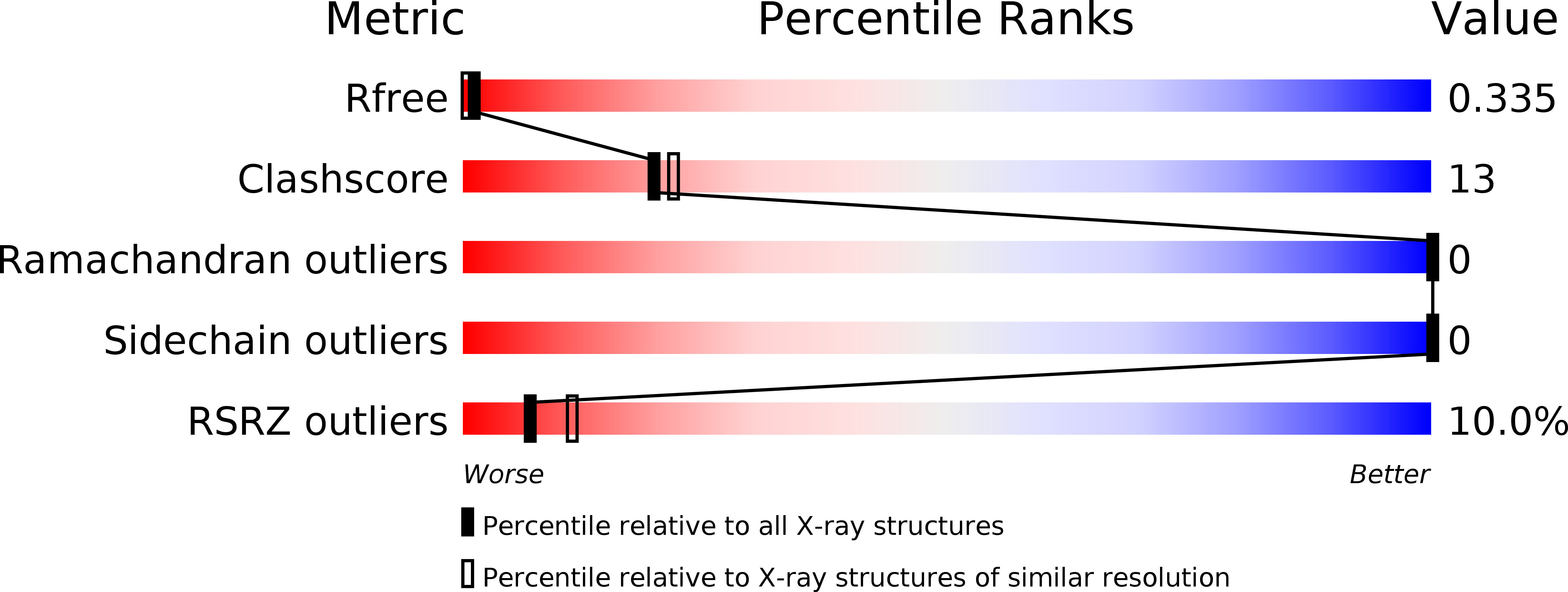
Deposition Date
2018-10-28
Release Date
2019-09-04
Last Version Date
2024-05-15
Entry Detail
PDB ID:
6I1J
Keywords:
Title:
Selective formation of trinuclear transition metal centers in a trimeric helical peptide
Biological Source:
Source Organism:
synthetic construct (Taxon ID: 32630)
Method Details:
Experimental Method:
Resolution:
2.35 Å
R-Value Free:
0.28
R-Value Work:
0.26
R-Value Observed:
0.26
Space Group:
P 63 2 2


